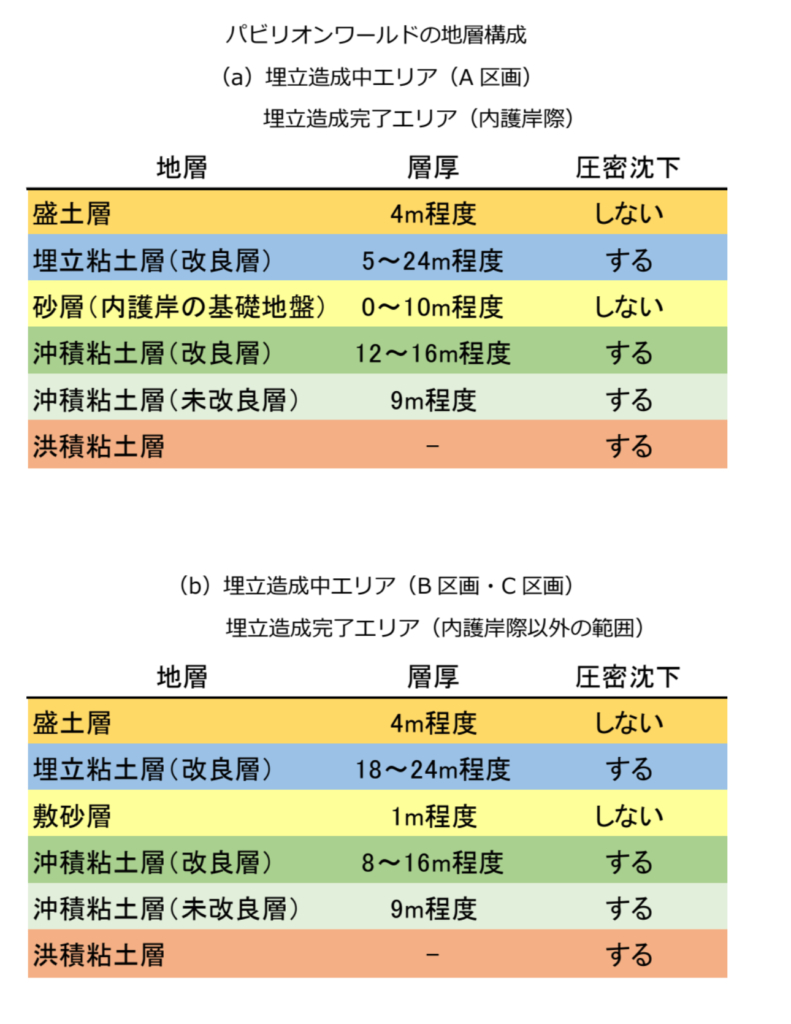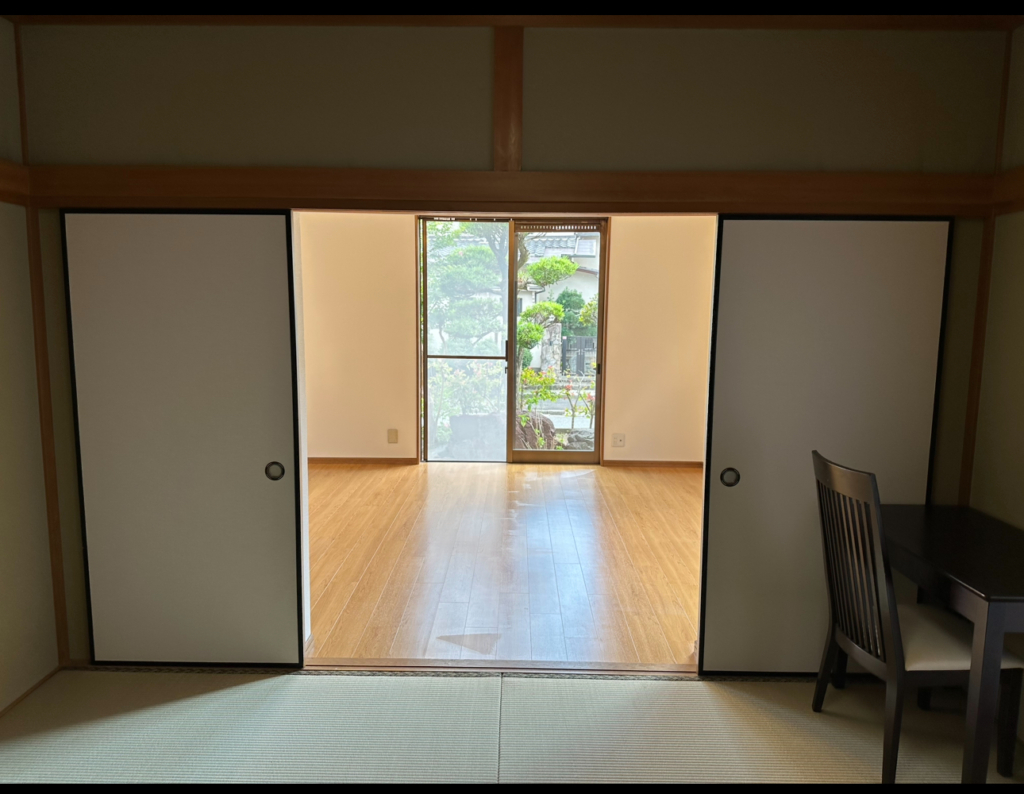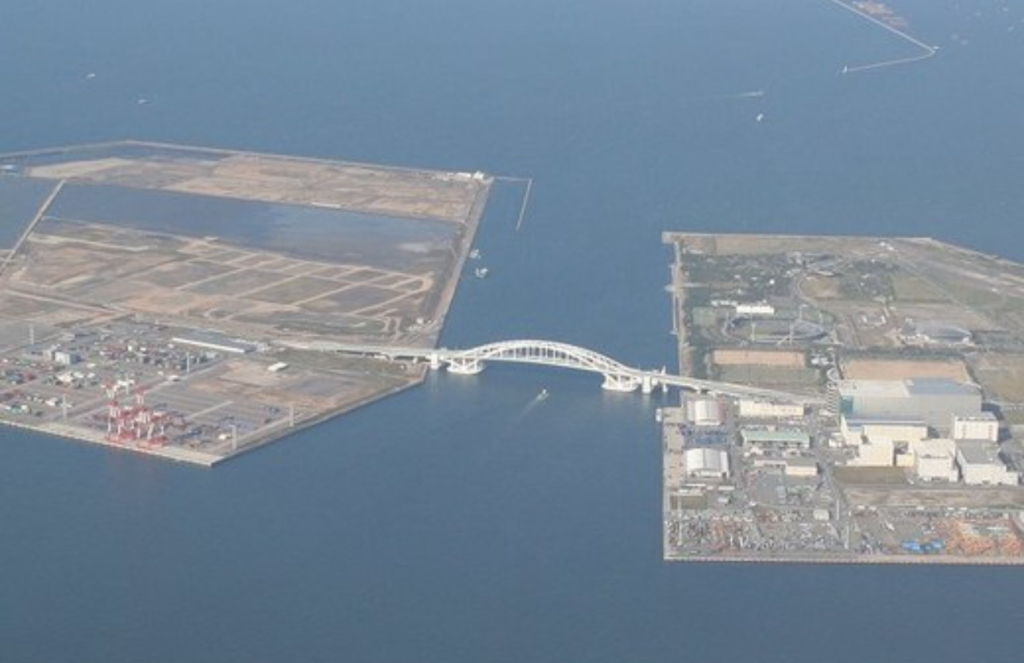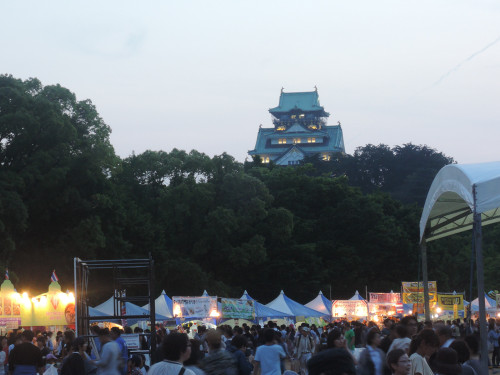The URL for the original Japanese version of the paper:https://www.osaka-shisei.jp/cms/wp-content/uploads/2020/10/208-2tainosho.pdf
I am compelled to share profound insights from Emeritus Professor Yoshiaki Tainoshou of Kobe University regarding the geotechnical risks associated with the development of Yumeshima, the proposed site for Expo 2025.
6. Subsidence due to Consolidation of Alluvial and Diluvial Clay Layers
The professor articulates that clay, inherently soft and high in water content, tends to flatten and shrink due to the expulsion of interstitial water under the load of thick landfill layers, resulting in consolidation subsidence. Once subsided, these clay layers do not revert to their original state.
Consequently, only lightweight structures can be erected atop these layers. The City of Osaka (2017) anticipates a subsidence of over 10 cm, proposing elevated landfill as a countermeasure. However, as time progresses, further subsidence is anticipated to become a significant issue.
The Kansai International Airport has faced considerable challenges, not only with the alluvial clay layers but also with older diluvial clay layers that were not initially anticipated, resulting in subsidence exceeding predictions.
The City of Osaka’s “Osaka Port Landfill Project” (2014) acknowledges the issue of landfill layer consolidation subsidence. Still, the underlying alluvial and diluvial clay layers present a more substantial concern due to their extensive consolidation subsidence.
Located immediately below the landfill layers (see Figure 3), alluvial clay exhibits standard penetration test N-values between 2 to 5 (with values below 10 indicating softness), indicating a soft layer similar to paddy fields, prone to consolidation subsidence under the weight of the landfill.
Furthermore, with the alluvial clay layer being over 20 meters thick, there is a grave concern for subsidence beyond initial projections.
While the sand drain method has been considered to expedite consolidation subsidence (City of Osaka, 2017), Kansai International Airport experienced greater-than-expected subsidence despite this method.
Beneath the alluvial clay layer lies an older diluvial clay layer (Ma12) (see Figure 3), exceeding 10 meters in thickness with N-values of about 4 to 5, denoting softness. The lack of anticipation for the consolidation subsidence of this layer was contributory to the predicament.
For the Yumeshima Expo and IR project site, unmitigated consolidation subsidence could result in residual ground subsidence exceeding 50 cm (City of Osaka, 2014), far surpassing the allowable residual subsidence.
Moreover, as the landfill layer also undergoes consolidation subsidence, many areas are expected to exceed the 50 cm threshold, jeopardizing the maintenance of the planned ground level.
This consolidation subsidence could lead to a disconnect between buildings and ground, and coastal areas may see dikes subside, potentially failing to serve their intended purpose, arguably making it the most significant concern for the Expo and IR project development.
Additionally, landfill operations are slated to conclude a year before the Expo (City of Osaka 2017), potentially hindering adequate compaction of landfill materials.
Potential countermeasures such as sand compaction piles, piling, ground improvement (solidification, etc.), and deep mixing methods are under consideration, but no concrete plans have been presented.
Moreover, the assumption that consolidation subsidence occurs uniformly is not guaranteed, and long-term predictions over a decade are extremely challenging to ascertain through laboratory experiments due to parameter limitations.
In essence, the extent of actual subsidence remains uncertain until the landfill is completed, illustrating that the issue of consolidation subsidence remains unresolved to this day.
#GeotechnicalEngineering #YumeshimaDevelopment #Expo2025 #InfrastructureRisk #LandfillSubsidence #SoilConsolidation #CivilEngineering #UrbanDevelopment #EnvironmentalRisk #SustainableConstruction #EngineeringResearch #KobeUniversity
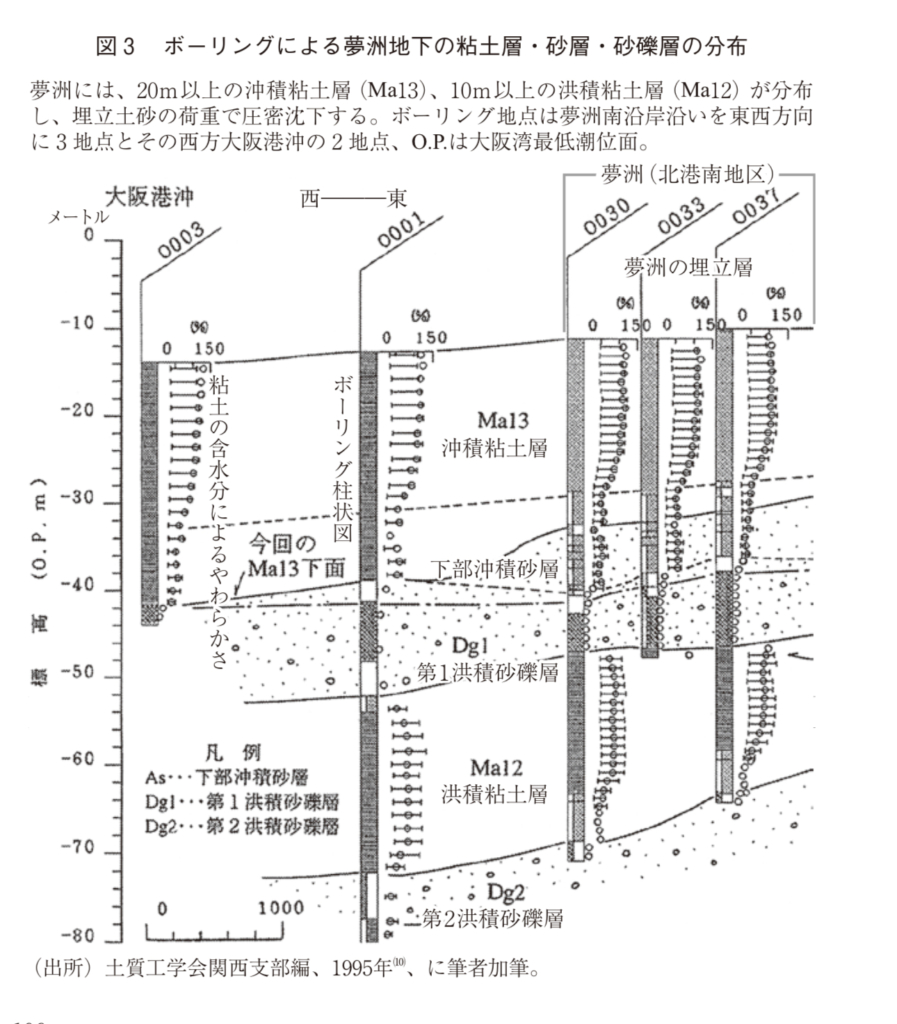
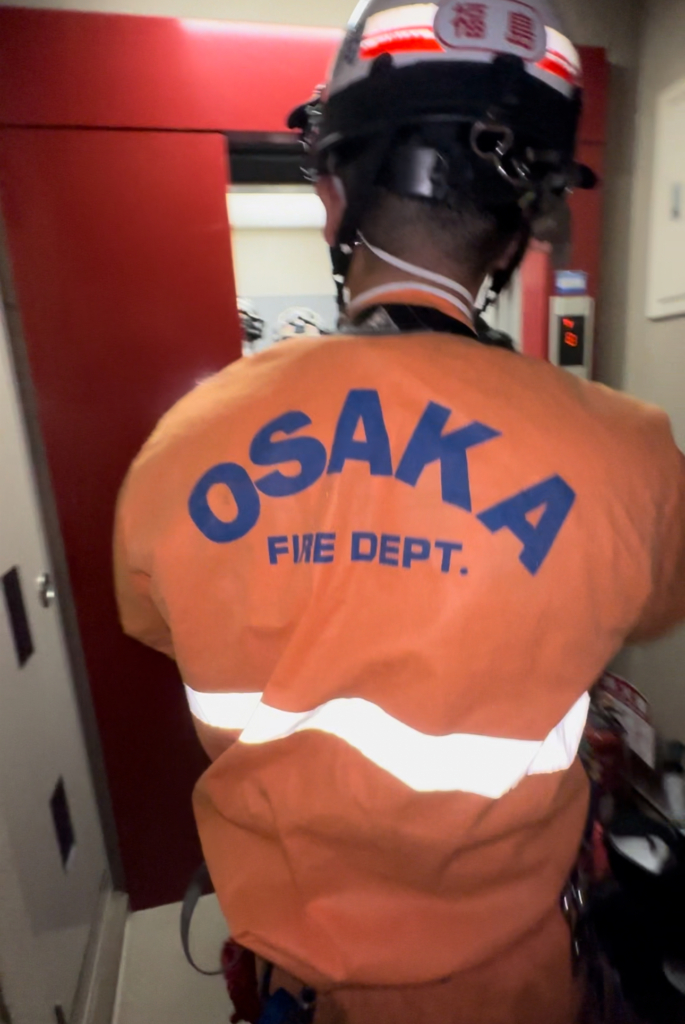
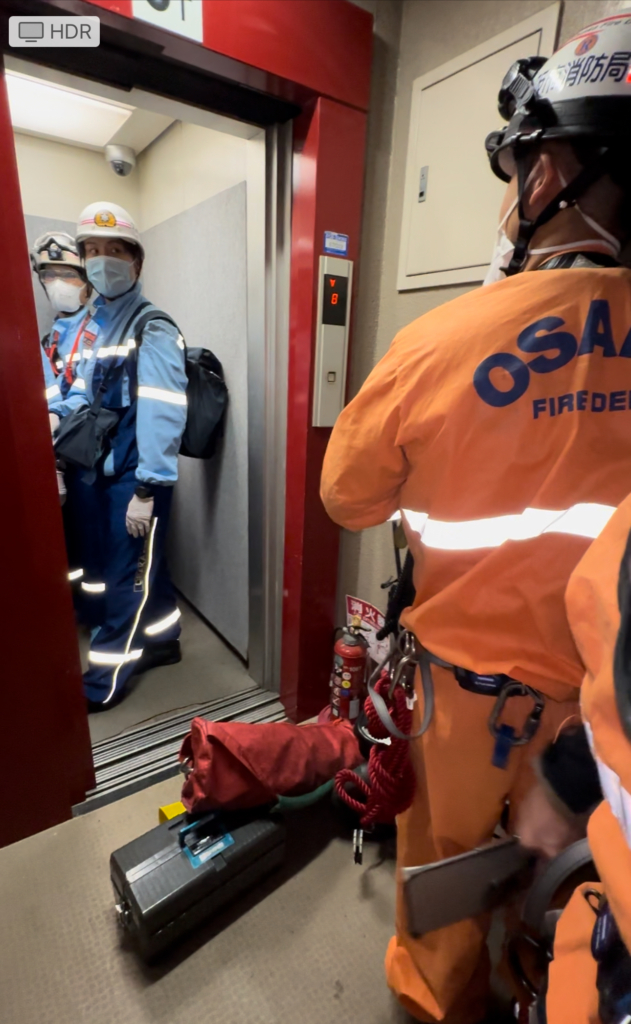 This incident is a stark reminder of the unpredictable nature of household emergencies, especially for non-Japanese speakers. The tension that comes with unexpected issues can be overwhelming.
This incident is a stark reminder of the unpredictable nature of household emergencies, especially for non-Japanese speakers. The tension that comes with unexpected issues can be overwhelming.
